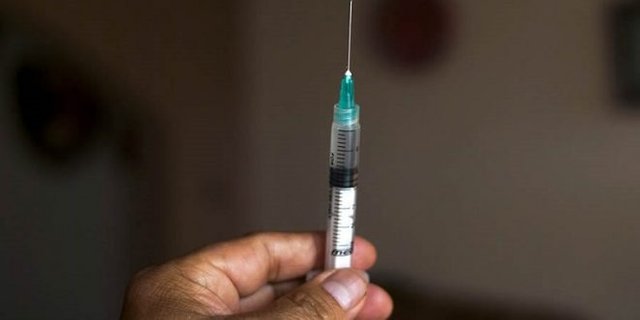How do you make a vaccine for covid19?

There are more than 40 vaccine candidates for the new coronavirus (SARS-Cov-2) to be developed in universities and companies. The goal of any vaccine is to stimulate the immune system by providing a "sample" of the disease-causing agent, so that it learns to recognize the invader. Three technologies are currently on the table: vaccines made with whole viruses, consisting of viral proteins or containing viral genetic material. But even in the most favorable scenario, it will take at least 18 months to develop and test a vaccine. And there are good reasons for this: it is this long road that allows us to have confidence in vaccines approved for human use. To contain the current outbreak, the best bet is the usual procedures, such as washing your hands frequently and at a social distance. But that does not mean that the vaccine is not needed, as we will see later.
The good news is that we already know a lot of things. The new coronavirus is similar to SARS, which caused a global epidemic in 2002 and 2003. Both originate from Chinese bats and bind to the same receptor in human lungs (an enzyme called ACE2). Advances in the search for a SARS vaccine are a long way from covid-19. In addition, researchers have already been able to determine the structure (the three-dimensional shape) of the virus protein that allows it to bind to human cells and infect them (it's the spike protein, or spike). On the human cell side, we also already know in reasonable detail the 3D structure of the receptor (ACE2) where the virus binds. And the sequences of the various samples of the new coronavirus did not show major mutations; therefore, a future vaccine may remain effective over time.
Whole viruses
Vaccines made with whole viruses are a classic strategy for viral diseases. There are two types. In one, attenuated (or weakened) forms of the live virus are used. This is the case of the triple vaccine (against measles, mumps and rubella) and vaccines against rotavirus or chickenpox. The other types are made with inactive versions of the agent that causes the disease. Examples are vaccines against hepatitis A or polio. Some companies and universities are developing entire antivirus vaccines for covid-19. This is the case of the company Johnson & Johnson (which seeks to take advantage of its experience in the development of a vaccine for the Ebola virus) and the University of Hong Kong. This type of vaccine is very effective, as it is very similar to the infection it helps prevent, usually creating lasting immunity. However, live virus vaccines require extensive additional testing to confirm their safety. One of the obstacles encountered in the development of vaccines against the SARS coronavirus was the occurrence of "immunopotentiation", a process that exaggerates one or more immune responses (it is the opposite of immunosuppression). This problem is particularly acute in vaccines with whole viruses.
Ear protein
Another type of vaccine is one made only with parts of the disease-causing agent. Since they contain only what is recognized by the immune system (antigen), and not whole viruses, they generally have less side effects. Such vaccines for the new coronavirus are based on creating an immune response against the spike protein in order to prevent it from binding to host cells.